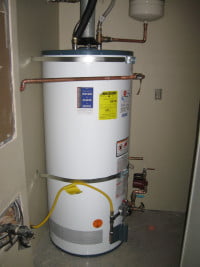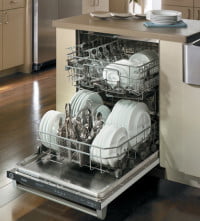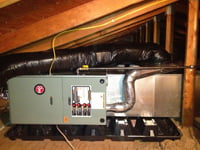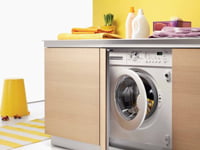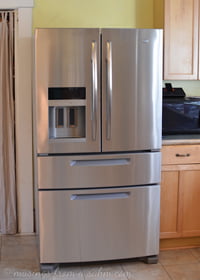If you have had your home flooded from a broken pipe or other clean water flood source then below are some steps to follow to try and minimize damage to your personal property. Remember to use sound judgement in these steps; if you could receive an injury or if potential harm may come to you or someone assisting you, then skip that step for overall safety.
The Do’s list to minimize damage:
- Turn off the water if possible.
- If safe to do so, and have safe access, turn off circuit breakers supplying electricity to the flooded areas.
- Remove any small electrical devices from the wet areas.
- Remove small furniture items to minimize furniture stains or rust and to speed up drying.
- Put wood blocks or aluminum foil under legs of heavy furniture.
- Lift draperies off carpet. tie drapes together or use a coat hanger.
- Prop up wet furniture cushions for even drying.
- Dry off wet furniture by wiping with a towel.
- Remove wet area rugs and hang to dry.
- Open furniture drawers, closet doors, and luggage to promote drying.
- Move photos, paintings and art objects to a safe, dry location.
- Remove books, shoes, paper goods, fabrics, potted plants or other items that may stain the carpet (check especially under beds and in closets for these items).
- Remove damp books from shelves and spread out to dry.
- Remove and secure breakables, moisture sensitive or high-value items.
- Remove wet fabrics and dry them as soon as possible.
- If damage occurs during a cool season, leave heat on; if in summer, use an air conditioner if possible (provided water has not entered the ducts).
Things that you should NOT do:
- Do not enter rooms with standing water if the electricity is still on.
- Do not use electrical appliances and outlets in wet areas.
- Do not use an ordinary household or shop vacuum to remove water. It can cause damage to the vacuum or result in electrical shock to the user.
- Do not attempt to clean up contaminated (sewer) water.
- Do not turn on fans, heating or air conditioning units if water is sewage-related as they may spread the contamination.
- Do not walk on wet surfaces any more than necessary in order to minimize safety hazards and to keep from spreading damage and possible contaminants.
- Do not lift tacked down carpet without professional help (lifting the carpet incorrectly could promote shrinkage).
- Do not place newspaper on wet surfaces since newspaper ink transfers easily.
- Do not wait to call for professional help.



